When we were planning our trip to Ireland, we knew we wanted to stop somewhere on our ride from Dublin to Adare. B was rooting for the Blarney Stone, but I was less enthralled with the idea of waiting in line with a bunch of charter buses to hang upside-down & kiss a stone. Then, our rock star travel agent (noticing a trend here?) recommended that we stop by the Rock of Cashel instead. The Rock of Cashel is actually a group of religious buildings perched high atop some limestone in the tiny town of Cashel. It is said that this is where St. Patrick baptized King Aengus about 450. The oldest building, a tower, dates to 1100 with the other chapel buildings being built on the site in 1127 & 1235 (we’re talking SUPER old).
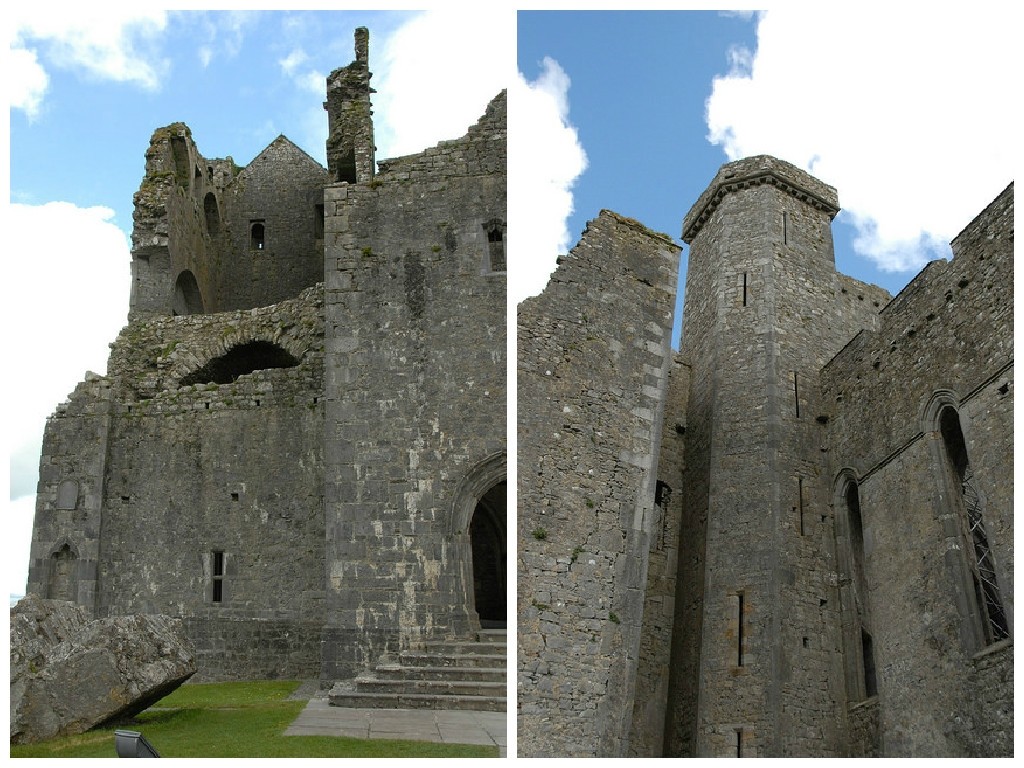
When visiting the site, a free guided tour which leaves every hour or so, is the best way to learn about the history. You’ll start by learning about the site’s famous resident choir, a group of singers who lived on site & traveled around performing. The Hall of Vicars Choral has been restored to how it would have looked back in the 15th century, including the choir’s seal & a large tapestry.
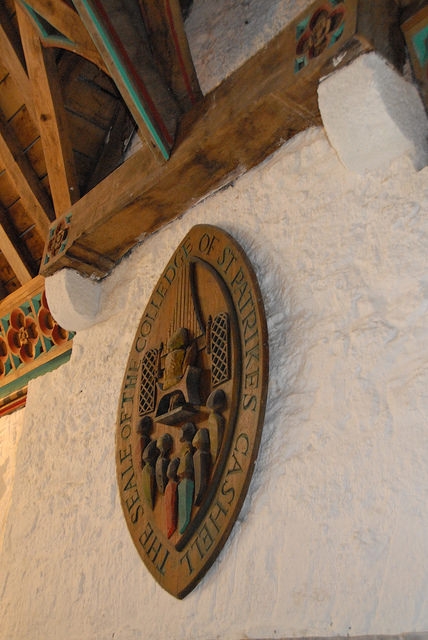
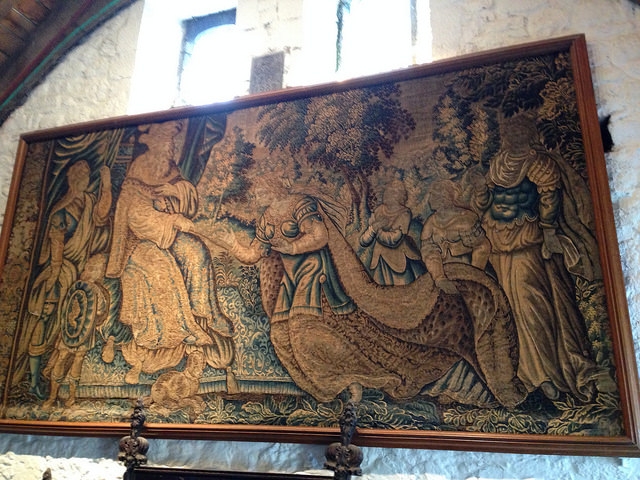
Next up on the tour is Cormac’s Chapel, which is currently going through an extensive restoration process. Once home to some of Ireland’s most impressive frescos, years of neglect & water damage have left very few remaining. When we visited, the outside of the chapel was covered in scaffolding, in an attempt to hold the structure together.
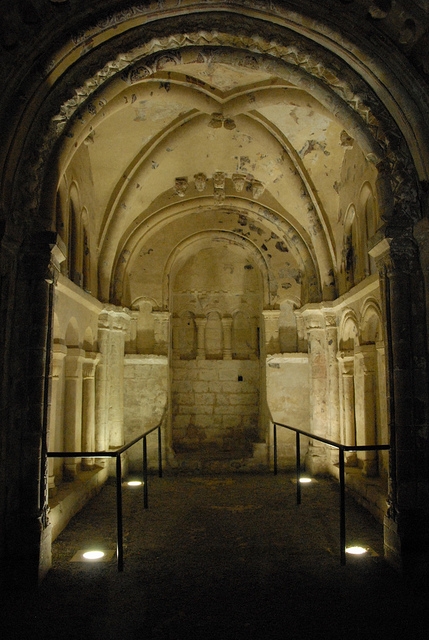
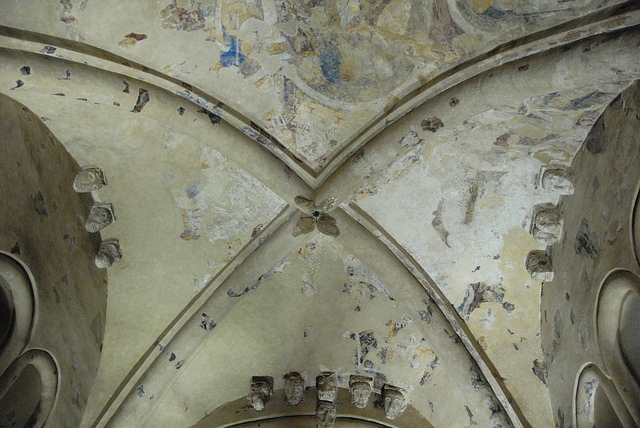
The largest building on site, the cathedral, stands tall & roofless. Of course, it was during this part of our tour that it started pouring rain (we were just beginning to learn how fickle Ireland’s weather patterns are). The cathedral was completed in 1270. In 1749 the roof was removed by the Archbishop & the site was largely abandoned. The site was requiring too much upkeep & the Diocese decided to build a church in town to accommodate more modern needs.
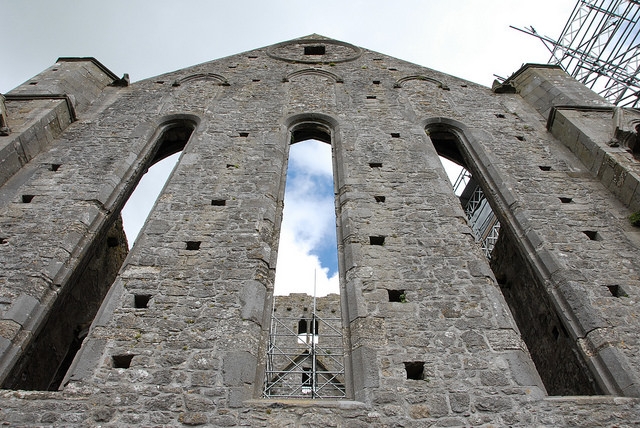
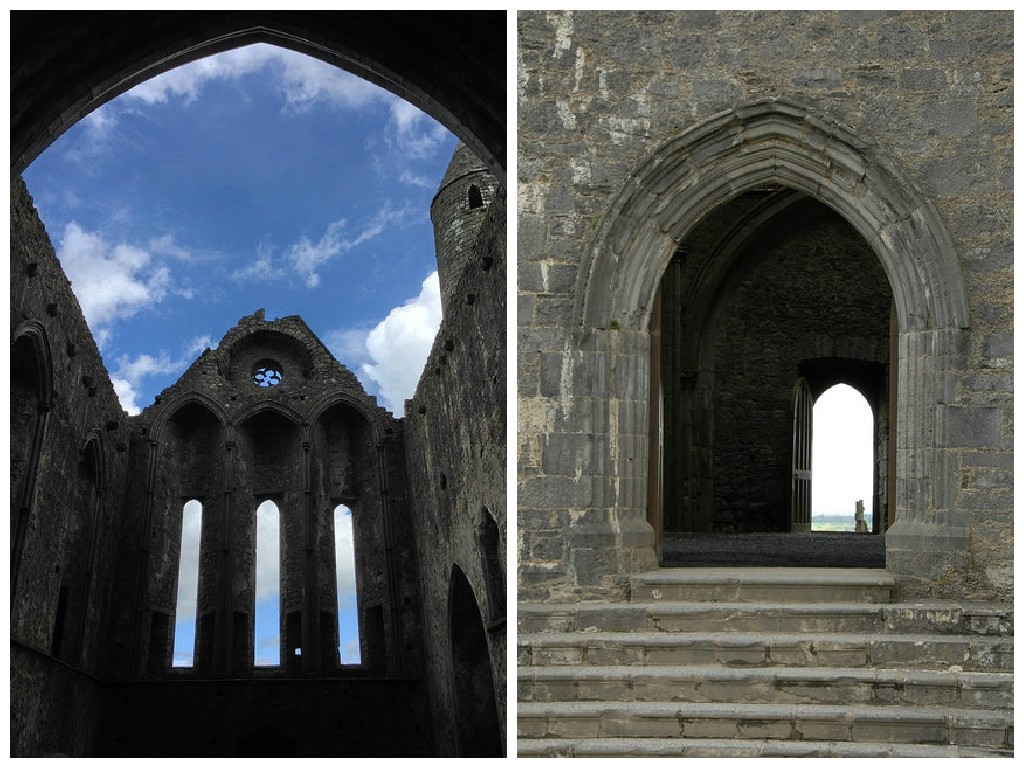
At the conclusion of your tour, there’s plenty of time to roam the grounds. The Rock is surrounded by the gorgeous green rolling hills that Ireland is famous for & the graveyard outside the church is definitely worth exploring. The graveyard was becoming so crowded that they started a waiting list in the 1930s: if your name was placed on the list by your ancestors in the 30s, you can be buried here.

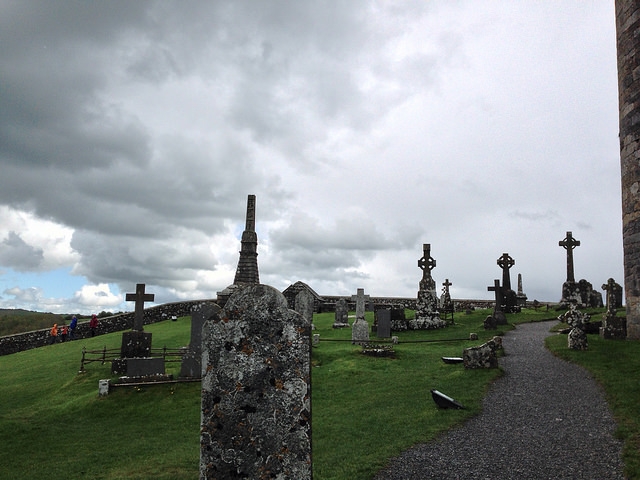
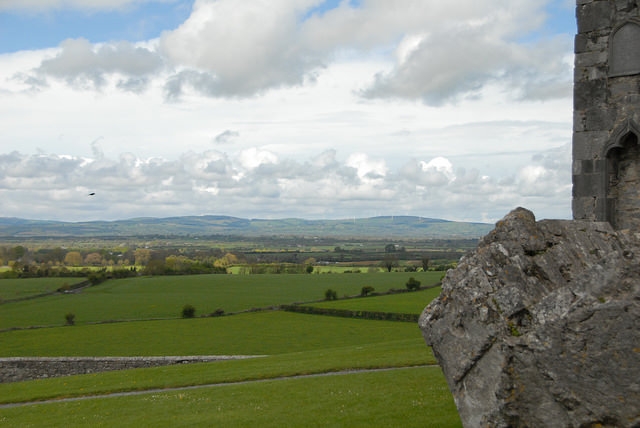
Closer to the town of Cashel, & down a long winding path, are the ruins of the 13th century Hore Abbey. It’s about a 10 minute walk from the main site. Unfortunately, we only got about half way before we gave up in the pouring rain & headed back to the car (word of advice: bring ponchos!)
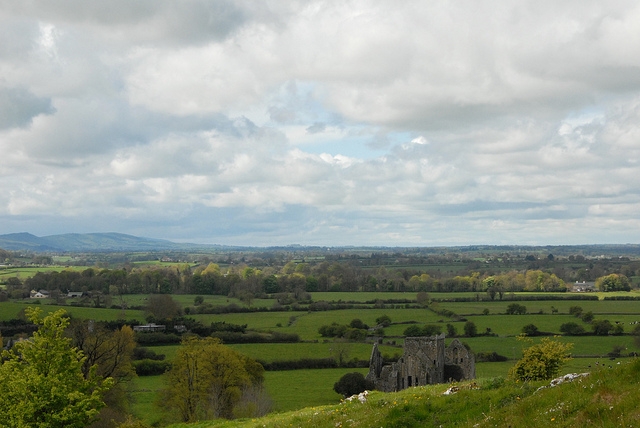
We really enjoyed our visit to the Rock of Cashel. It was a great way to break up the drive from Dublin west & one of the most ancient & interesting pieces of Irish history that we discovered during the trip.
Know if you go…
– there’s a nominal entry fee to gain access to the site, but also a fee to pay to park in the lot. We thought we’d outsmart the entire operation & just park in town, but found street parking there to be limited & a bit confusing.
– note that from the parking lot to the site itself, you’ll walk up a rather steep hill.
– there’s nothing I hate more than touristy restaurants, but we were soaked & starving, so we reluctantly had lunch at Rockhouse Restaurant. We were surprise to find really good traditional Irish cooking & some of the friendliest people were encountered the entire time we were in Ireland. Sure, the place was jammed with a cruise ship tour group, but the good food & hospitality made up for it.
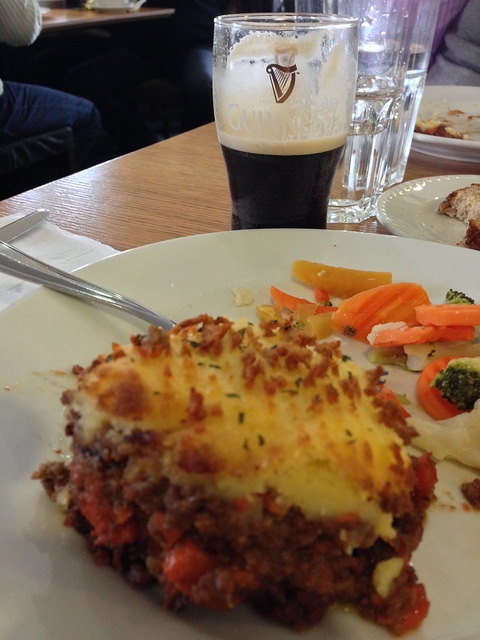

Leave a Reply